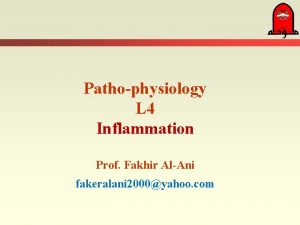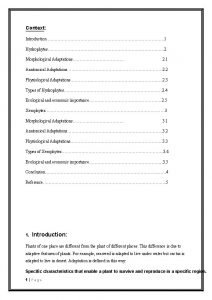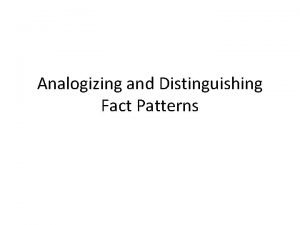Deep Learning for Distinguishing Morphological Features of Acute










- Slides: 10

Deep Learning for Distinguishing Morphological Features of Acute Promyelocytic Leukemia John-William Sidhom, MD/Ph. D Candidate ’ 21 Department of Biomedical Engineering Johns Hopkins University School of Medicine Ingharan J Siddarthan, Bo-Shiun Lai, Adam Luo, Bryan Hambley, Jennifer Bynum, Amy S. Duffield, Michael B. Streiff, Alison R. Moliterno, Philip H. Imus, Christian B. Gocke, Lukasz P. Gondek, Amy E. De. Zern, Alexander S Baras, Thomas S. Kickler, Mark Levis, Eugene Shenderov December 6, 2020 Sidney Kimmel Comprehensive Cancer Center Johns Hopkins University

Disclosure I have no financial disclosure or conflicts of interest with the presented material in this presentation. 2

APL • Acute Promyelocytic Leukemia (APL) is subtype of Acute Myeloid Leukemia (AML). • Defined by translocation - t(15; 17) • Distinguished clinically by rapidly progressive and fatal course, often from disseminated intravascular coagulation (DIC). 3

Problem • Acute nature requires prompt recognition and initiation of life-saving All-transretinoic Acid (ATRA). • However, gold standard genetic tests (PCR, FISH) can often take days to confirm the diagnosis. • Therapy is often initiated on clinical suspicion. – Aided by visualization of peripheral smear looking 4 for pathognomonic Auer rods.

Hypothesis Deep learning model could more accurately and quickly diagnose APL from peripheral smear, providing clinicians the diagnostic information needed to quickly identify and treat patients with APL. 5

Patient Population • Identified via retrospective chart review from a list of confirmed FISH t(15; 17)-positive (n = 34) and -negative (n = 72) patients presenting at The Johns Hopkins Hospital (JHH). • Inclusion criteria included new disease diagnosis, no prior treatment, and availability of peripheral blood smear image uploaded to Cella. Vision. • Patients were separated into a discovery cohort presenting prior to 1/2019 (APL, n = 22; AML, n=60) and a validation cohort presenting on or after 1/2019 (APL, n = 12; AML, n = 12). 6

Deep Learning Model 7

Performance • 10 academic oncologists were provided peripheral smears from the validation cohort and asked to identify APL patients. • Benchmarked against deep learning model as well as proportion of promyelocytes as determined by Cellavision algorithm. + Oncologists 8

Explainable AI 9

Conclusion • Deep learning model capable of rapid and accurate diagnosis of APL from universally available peripheral smears. • Explainable artificial intelligence is provided for biological insights to facilitate clinical management and reveal morphological concepts previously unappreciated in APL. • The deep learning framework we have delineated is applicable to any diagnostic pipeline that can leverage a peripheral blood smear, potentially allowing for efficient diagnosis and early treatment of disease. 10
 Morphological patterns of acute inflammation
Morphological patterns of acute inflammation Morphological patterns of inflammation
Morphological patterns of inflammation Morphological pattern of acute inflammation
Morphological pattern of acute inflammation L
L Parenthetical definition technical writing
Parenthetical definition technical writing Manufacturing accounting basics
Manufacturing accounting basics Distinguishing features of managerial accounting
Distinguishing features of managerial accounting Plantae is unicellular or multicellular
Plantae is unicellular or multicellular Protista
Protista Anatomical adaptation of hydrophytes diagram
Anatomical adaptation of hydrophytes diagram Cmu machine learning
Cmu machine learning



















